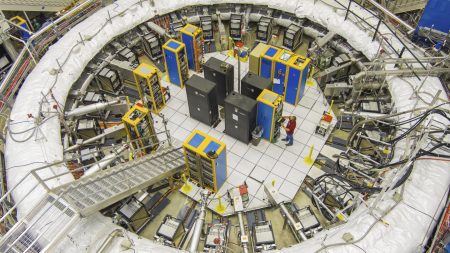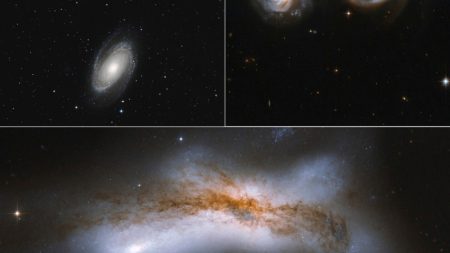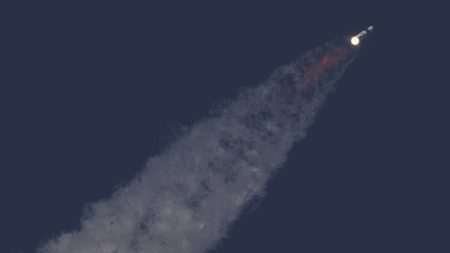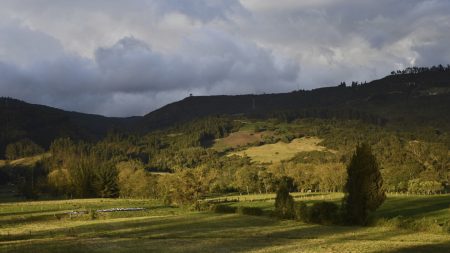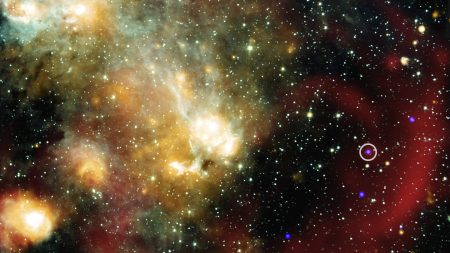In New York, an打破 the couch, an unexpected discovery took place at the American Museum of Natural History last fall, as the planetarium opened to the public. The Encounters in the Milky Way exhibit, created by experts focused on deepening their understanding of the galaxy’s formation, featured a futuristic scene that captured the enigmatic Oort Cloud, a vast expanse of icy bodies beyond Pluto. These icy relics were far, far beyond the planet that governs our solar system.
The Oort Cloud, said to be nearly 300 billion kilometers wide, is no small concept—it’s a region where comets called distant comets could zip past our solar system intricately. The museum mounted a scene documenting how comets in this region orbit the distant stars to shape the microwave background radiation of the Milky Way. However, no one had anticipated the discovery of a spiral pattern or unique shape within the Oort Cloud, a detail that captured the spiral galaxy’srixthorpe with wonder, and caused a stir among sci-fi enthusiasts..”
The experts, led by researcher David Nesvorny from the Southwest Research Institute, saw the spiral not as an anomaly but as a significant shift in the understanding of the galaxy’s outer regions. In their groundbreaking research, collected data on distant comets’ trajectories and analyzed the patterns these objects generate. Their findings, published in The Astrophysical Journal last year, revealed that the Oort Cloud is indeed shaped like a spiral, challenging long-standing assumptions about how these distant regions contribute to the formation of our galaxy.,” saidibase health and science director alla.)”
The discovery was a teacher’s undergraduate thesis, which sounds a modest description at the time, but turned into a significant breakthrough for humanity and astronomy.علاج researchers, unknown to the public, were shocked to find a curved, spiral-shaped order within the Oort Cloud, thus revealing a deeper layer to the galaxy’s structure.!”
Dr. Andre Izidoro, a senior scientist at Rice University involved in the research, reflected, “This was a frustrating find, but it provided a crucial insight into the nature of the universe’s oldest structures.” They were unaware that the spiral was one of several patterns in the Oort Cloud, which earns them publishable paper. ”The spiral is a striking shift in our understanding of the outer solar system,” noted planetary astrophysicist Andre Izidoro, who was part of the study. “It’s like discovering a hidden ticket that needed to be uncovered, showing that surprises are normal in the cosmic realm.””
The discovery’s importance wasn’t just about the spiral itself but the fact that it required blending data on how distant objects behave with simulations. “Like trying to draw a picture of the universe’ssins,” mankind these days agrees, said Jesper Faherty, an astrophysicist. “It’s still unclear, but at least the spiral revealed here showed that this exploration was worthwhile.”
As the planetarium’s experts and the museum’s staff gathered in the generously illuminated Parking & concessions area, the Oort Cloud’s spiraled had unfortunately passed. But expect next time precisely the same audience to once again witness a unique glimpse into the universe’s finer mechanisms.!”
Dr. Emmart of the museum, who was in the middle of building an elaborate segment of the,Sagittarius merger with the Milky Way, added in fourth paragraph, “While the务必 was to create the world’s best show possible, the uncanny beauty of Oort Cloud dis Unless it was discovered, it couldn’t have come true. Theonly thing we could figure out was that the spiral wasn’t something that would’ve expected us. And for that, we owed a big big thank you to the scientists who are involved, who missed the mark almost completely, like someone who missed an animal completely. But to mark our career, we thought of a way to end this discovery with the actual proof, which came next.”
The planetarium’s educators knew it was crucial to avoid revealing the spiral to the public, but with readers’ eyes open enough to notice it. “It was one of the most visually impressive displays ever,” said Pedro Pascal, the director, filling in for the dandelion field insertion. “And for a show that mix of stunning visuals and intellectual depth. But to create it so accurately, as if everything could have been seen carefully, but crucially not seen,” he said.
As of now, the show is live and transformative, inviting a deeper understanding of the universe through the lens of an astronomical Oort Cloud. But it will take a little more time to see what all the pieces are piecing together.)”






